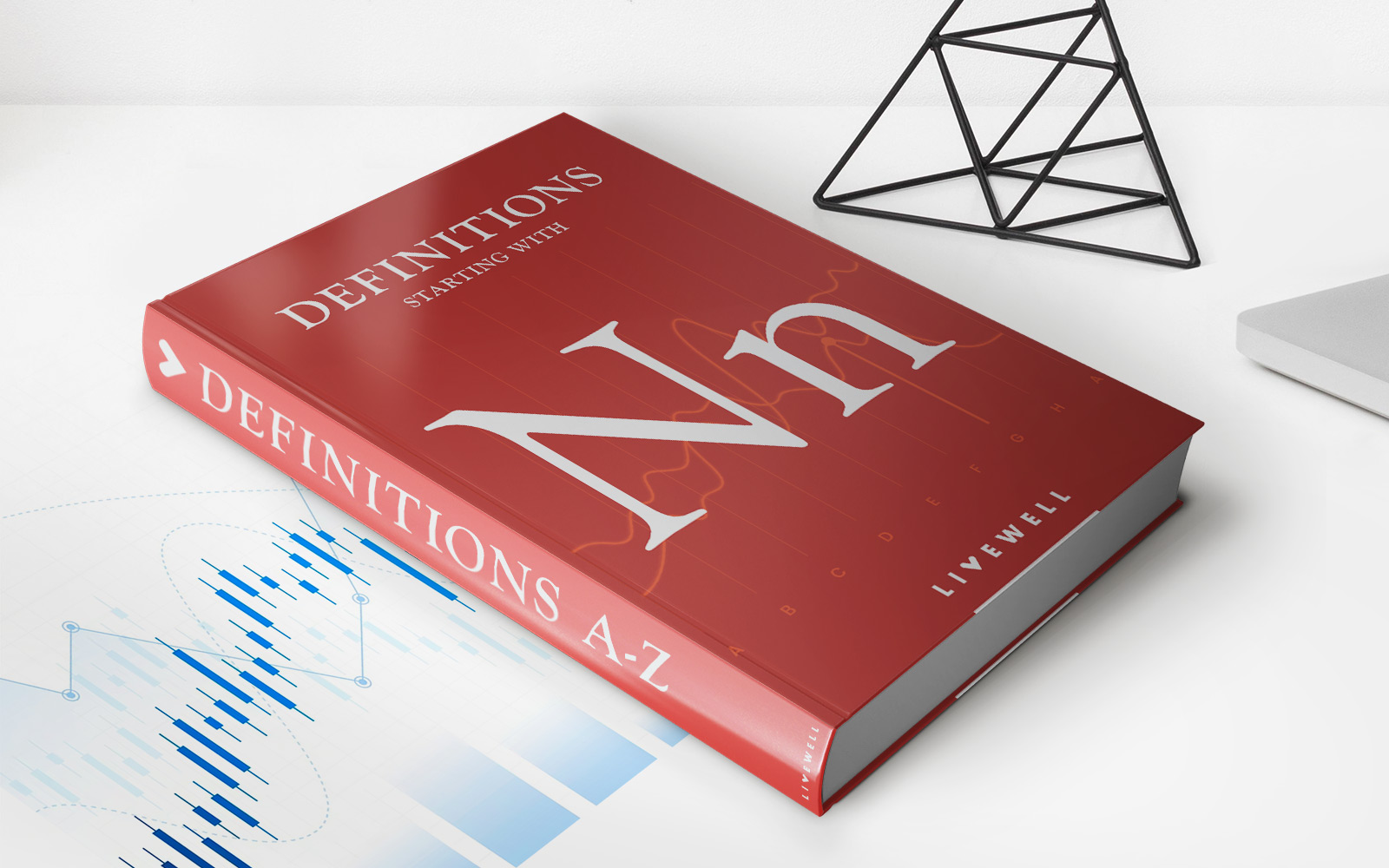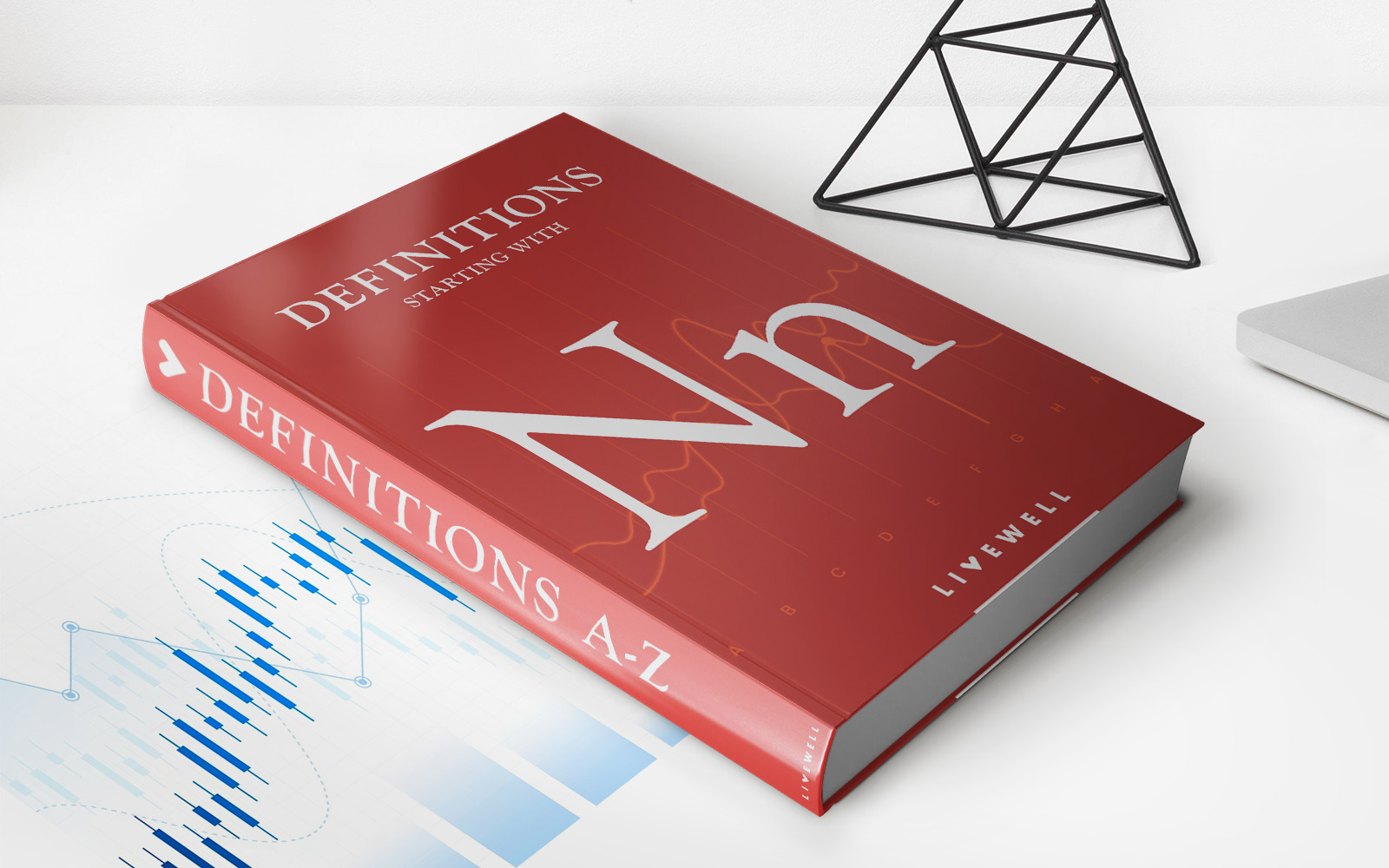

Finance
Negative Carry Pair Defined
Published: December 29, 2023
Learn what a negative carry pair is in the world of finance and how it can impact your investments. Find out how to manage risks effectively and optimize your financial strategy.
(Many of the links in this article redirect to a specific reviewed product. Your purchase of these products through affiliate links helps to generate commission for LiveWell, at no extra cost. Learn more)
Understanding Negative Carry Pairs in Finance
When it comes to navigating the intricate world of finance, it’s crucial to stay informed about the various concepts and strategies that can impact your investments. One such concept is Negative Carry Pairs, which are particularly important for traders and investors to understand. In this blog post, we will delve into what Negative Carry Pair is and how it can affect your financial activities.
Key Takeaways:
- Negative Carry Pairs involve trading or investing in assets where the cost of financing one asset exceeds the yield of another.
- This strategy is employed by traders to take advantage of interest rate differentials or arbitrage opportunities.
So, what exactly is a Negative Carry Pair? In simple terms, it refers to a trading or investment strategy where the cost of financing one asset is higher than the yield generated from another. This situation creates a negative carry, meaning the investor is experiencing a net loss or carrying a cost due to the interest rate differential.
Traders may choose to engage in Negative Carry Pair trades to take advantage of interest rate differentials or to exploit potential arbitrage opportunities. By borrowing funds at a lower interest rate and investing in assets that provide a higher yield, traders can aim to generate profits through this strategy. However, it is important to note that Negative Carry Pairs can also result in losses, especially if the yield generated is not enough to offset the higher cost of financing.
It is crucial for traders and investors to carefully assess the potential risks and rewards associated with Negative Carry Pair trades. Consider the following factors before implementing this strategy:
- Interest Rate Differential: Examine the interest rates of the assets involved in the pair trade. A larger interest rate differential can result in a higher potential profit, but also carries greater risks.
- Market Volatility: Understand the volatility of the markets where the assets are traded. Fluctuations can significantly impact the profitability of Negative Carry Pairs.
- Market Liquidity: Ensure that the assets chosen for the pair trade have sufficient liquidity to allow for easy entering and exiting of positions.
By considering these factors and conducting thorough research, traders and investors can make informed decisions when engaging in Negative Carry Pair trades.
In conclusion, Negative Carry Pairs are an important concept to understand in the field of finance. This trading strategy involves investing in assets where the cost of financing one asset exceeds the yield generated from another. Traders employ this strategy to take advantage of interest rate differentials or arbitrage opportunities. However, it’s crucial to carefully assess the risks and rewards before implementing this strategy. By considering factors like interest rate differentials, market volatility, and liquidity, traders can make informed decisions and potentially profit from Negative Carry Pair trades.














